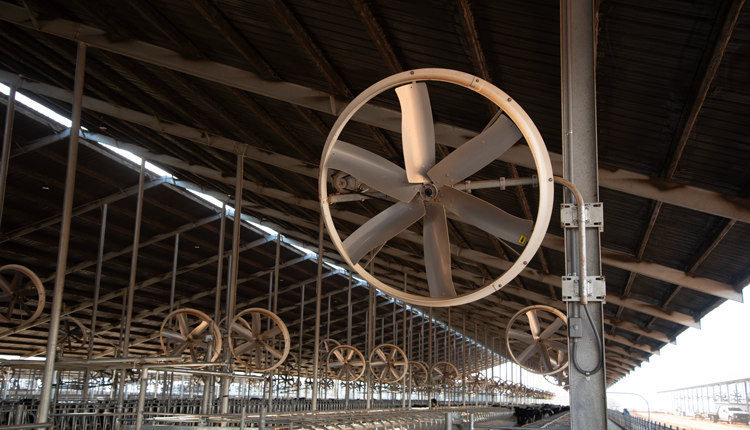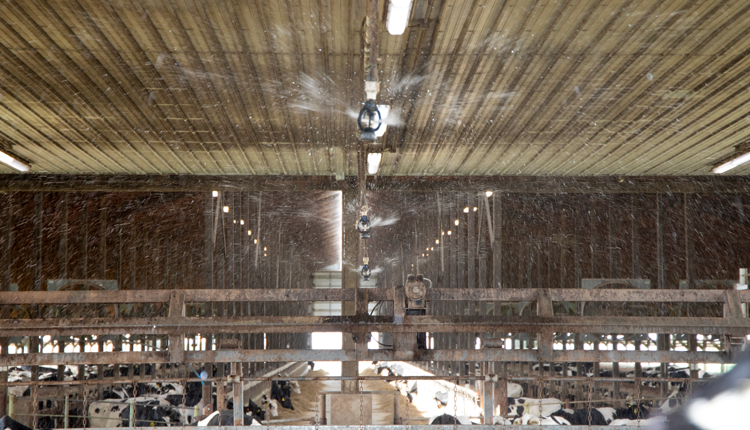
Following another brutal winter in many corners of the nation, most are welcoming the heat and humidity, and rightfully so. After all, those growing degree days help crops grow and push the dark days of winter far into our memories. However, hot temperatures can spell danger for those working outside in the form of heatstroke. It can even be deadly.
According to the Mayo Clinic in Rochester, Minn., heatstroke occurs when the body overheats as a result of prolonged exposure or strenuous physical activity in hot temperatures. Heatstroke can be accelerated by factors such as wearing too much clothing and becoming dehydrated.
To be classified as heatstroke, body temperature must be 104°F or higher. Other symptoms of heatstroke include altered mental state or behavior, flushed skin, nausea and vomiting, shallow breathing, racing heartbeat and headache.
Heatstroke can cause permanent damage to vital organs, like brain swelling. If you are or think someone may be experiencing heatstroke, seek medical attention immediately and call 911. Get inside or under shade and remove any excess clothing. Cool yourself or the other person with whatever you have available, like a garden hose, ice packs or immersion in cool water. The probability of lifelong complications or death rises if treatment is delayed for too long.
The key to keeping heatstroke at bay is to stay cool and hydrated. Prevention is the best means of avoiding heatstroke this time of year. Wear loose-fitting, light-colored clothing, and drink plenty of fluids to replace what is lost through sweating. If possible, operate machinery with air-conditioned cabs or, at the least, with shades to block the sun. Schedule heavy jobs for the coolest part of the day, if possible, and take more breaks in extreme heat and humidity. Beat the heat, and don't let it beat you.

The author is a senior at the University of Wisconsin-River Falls, majoring in agricultural marketing communications. She is the 27th Hoard's Dairyman editorial summer intern.











